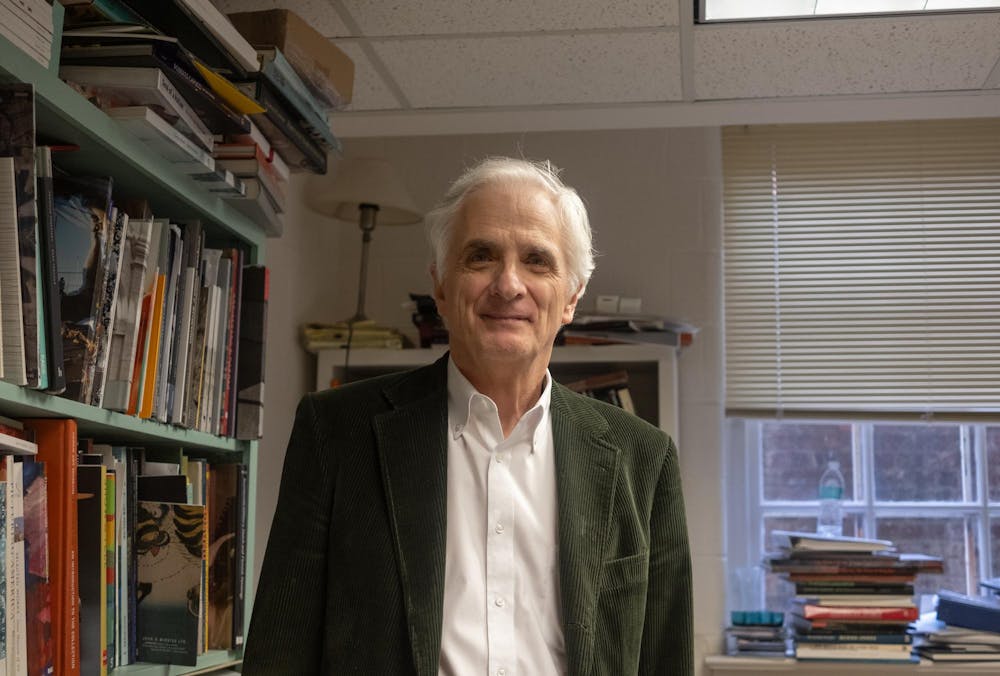When the Ackland Art Museum held a ceremony in January to give a painting to the heirs of a Jewish lawyer, Armand Isaac Dorville, whose collection had been seized and auctioned off in Nazi-occupied France, it was a meaningful event for everyone involved.
The event returned one Thomas Couture painting to its rightful owners after 80 years, 52 of which were at the museum, but it was just one small part in the escalating struggles museums across the U.S. and Europe are facing in trying to make sure art with a checkered past is in the right hands.
Once the Ackland was contacted by the lawyers representing the heirs, it went through a lengthy process of examination, in which the painting's auction records were inspected by a conservator and findings were sent to Ackland's national advisory board, Ackland curator Dana Cowen said.
Cowen said it was a “no brainer” that it should be given to the rightful heirs once all of the evidence of the family's legal claim was airtight. Still, it took 19 months between the heirs’ lawyers contacting the Ackland and the ceremony at which the painting was officially handed over.
“That seems not inappropriate for the care we should take, because we hold these works in trust, as it were, for the people of North Carolina,” Peter Nisbet, the Ackland’s Deputy Director for Curatorial Affairs, said. "And we shouldn't take the act of taking something away from that trust at all lightly."
And while 19 months might sound like a long time, that’s actually a relatively quick turnaround according to Brett Ashley Kaplan, a professor at the University of Illinois and researcher of Holocaust art.
Some pieces looted during the Holocaust have been tied up in legal disputes for years or even decades before being returned to heirs. For example, seven works by the painter Egon Schiele were returned to heirs of an Austrian collector in September, after a case was first filed in the dispute in 1998. Two more of Schiele’s works were returned in January, and the Art Institute of Chicago continues to defend its legal title to a tenth.
The culture in the art world has shifted in recent decades as museums have been adhering to higher standards for provenance research and resistance to returning looted items has eased, Kaplan said. As the New York Times put it in 2022, “for U.S. museums with looted art, the Indiana Jones era is over.”
Another factor in the increased number of restitutions, Cowen said, is that the digitization of museum collections and archives has made provenance research and the locating of looted objects much easier than it was in a pre-internet era.




